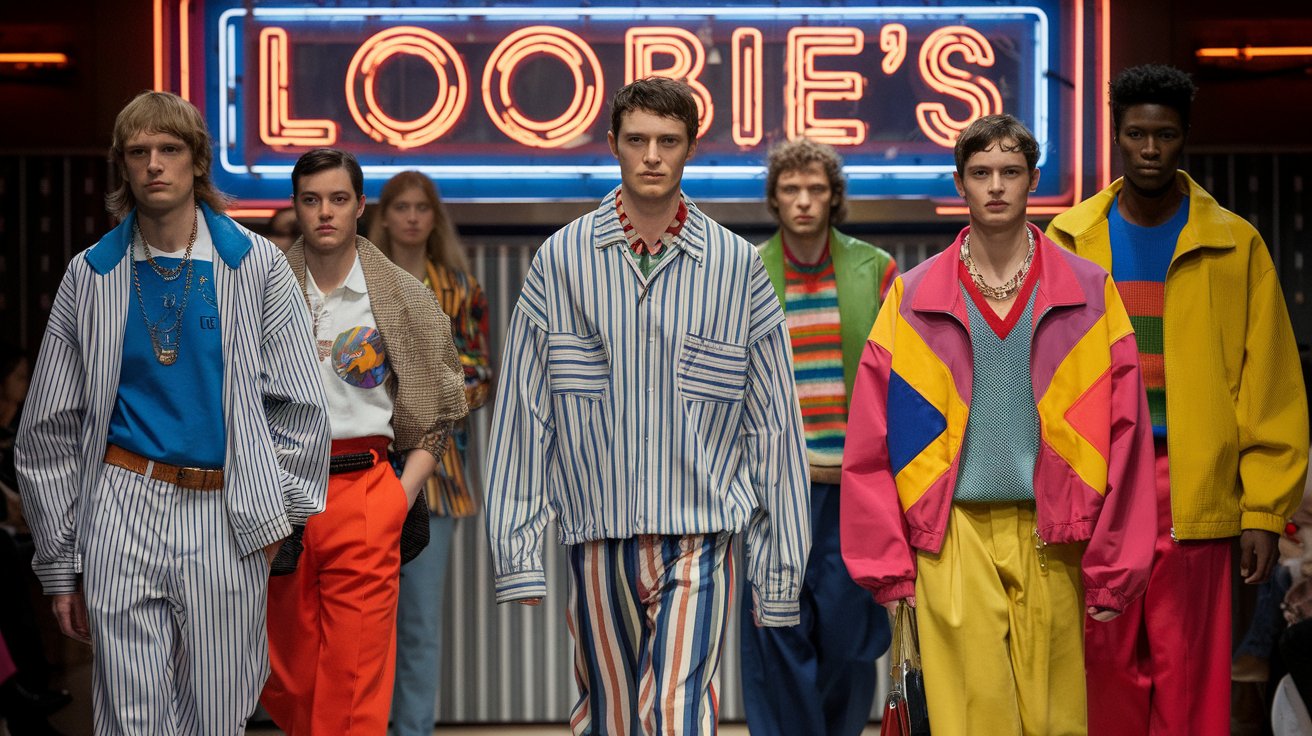Loobie’s Legacy in Fashion
Why Loobie’s Story Matters in Fashion
The fashion industry thrives on stories. For content creators, brand managers, and style enthusiasts, understanding where iconic names began adds depth to what we see on runways. Loobie is one such name that shaped how fashion is experienced globally.
This article examines how Loobie rose to prominence, what shaped her distinctive style, and how her creative path continues to influence communities worldwide.
Humble Beginnings
Loobie started as an independent designer in Paris. She didn’t have large funding or a global platform, but she carried a fresh vision. Her early designs merged tradition and contemporary silhouettes, combining clean cuts with delicate details.
Her debut runway show earned local praise. Soon after, international attention followed. People were drawn to the calming color palettes and sharp lines in her pieces. What made her stand out was her ability to communicate something deeper through each garment.
As her career developed, she began participating in notable fashion weeks. She was soon recognized in the United States and Milan. Loobie’s method of turning fabric into a visual narrative gained respect. Major brands reached out, opening doors for collaborative work that expanded her presence in the market.
Evolving Aesthetic
Loobie’s style matured alongside her growing reputation. From minimalist roots, she ventured into abstract forms. Using bold patterns and vibrant tones, she added a new kind of energy to her collections. Some of her most recognized works featured geometric shapes and custom textiles.
This shift brought more invitations from global fashion houses. Each collection reflected fresh ideas that set her apart. Critics appreciated how she balanced creativity and function. Her pieces worked not just on the runway but also in everyday spaces.
She drew from multiple sources—art, music, and architecture. These influences became part of her design vocabulary. Through experimentation, she consistently delivered something that felt honest and refined.
Merging Art and Fashion
Loobie’s collaborations went beyond fashion. She partnered with painters, sculptors, and photographers to present her collections as full experiences. Each show doubled as an exhibit, offering deeper context to her creations.
One collection launched in an underground gallery in Berlin. Models walked between large mural-style sketches. She stitched parchment tags onto buttons and ropes. Viewers paused, touched, and examined the pieces closely. It wasn’t just fashion—it was a performance.
The visuals spread across social media, earning praise for creativity and presentation. People saw that Loobie offered more than clothes—she provided meaning.
Global Reach
Loobie’s collections reached beyond Europe. She entered the Tokyo fashion market, appeared in Sydney’s fashion week, and held pop-up showcases in Johannesburg. Content creators shared clips of her work in multiple languages. Bloggers narrated her process and approach in personal ways.
Through this cultural exchange, a wider support system formed around her. Her willingness to connect across backgrounds made her label relatable to a broader audience.
She also launched an online hub for aspiring designers. Free sketch templates, moodboard samples, and design tips were made available. Many used her materials as a starting point for their own lines. Her contributions empowered emerging voices in the industry.
Facing Challenges
Loobie’s success came with its own set of difficulties. She faced issues securing reliable fabric suppliers. Some collections took longer to sell. There were moments of self-doubt and business strain.
Instead of stepping back, she used those moments to refine her process. Feedback and encouragement pushed her to create better pieces. She built a small experimental studio where she tested eco-materials and recycled fibers. This became a turning point in how she approached design moving forward.
That willingness to adapt kept her grounded and helped her reconnect with her core principles.
Role in Responsible Fashion
Loobie introduced collections made from organic cotton and hemp. She streamlined production to reduce waste. Nothing was discarded without purpose. She showed that fashion and responsibility could coexist.
She organized workshops teaching fabric recycling and sustainable stitching. One of her shows followed a zero-waste theme, where every scrap was reused or repurposed. This inspired others to rethink their methods.
Soon, fashion designers in the U.S. and Europe explored similar paths. Local suppliers learned how to handle excess fabric more thoughtfully. Community-level initiatives emerged for sharing and reusing materials. Much of this was inspired by her work.
Influence on Young Designers
Many young creatives point to Loobie as their spark. They document their design process online, sharing drafts and prototypes as she once did. These new voices now have confidence to develop their own aesthetics and promote them independently.
Her belief in accessibility led to the launch of a mentorship program. It includes marketing advice, style critiques, and live sessions. She often shares personal experiences, both the rewarding and the difficult parts.
Participants from several countries joined. The sense of belonging grew. More than just tips, the platform created community around fashion as a shared purpose.
Lessons from Loobie’s Contribution
Loobie’s work isn’t just about making clothes. It’s about care—toward materials, toward people, and toward creative practices. Each piece she produced carries intention. Her methods honor art and the environment.
Her approach shows how any brand, big or small, can rethink production and messaging. Choosing better fabric, designing for purpose, and involving teams in the creative direction are simple but meaningful steps.
Brands that follow her example show greater alignment between values and output. It’s not just about standing out—it’s about standing for something. Staying true to that can build lasting impact.
In the end, Loobie reminds us that fashion’s deepest value comes from the heart. Her care, creativity, and commitment built a legacy that others now build upon. Those who love design and expression continue to find inspiration in her path.


